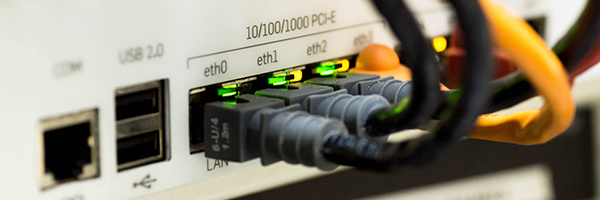Now that Fed day is done and behind us, we return to our regularly scheduled programming.
Back on September 15, I posted “A tough day for tech–Part 1” after news on Taiwan Semiconductor Manufacturing (TSM) reporting that the company was slowing orders to suppliers of chip making equipment because of sluggish demand for chips from its own customers.
Now onto Part 2 of bad news for tech stocks.
That same day Adobe (ADBE) took 4.21% hit after the company reported earnings that only matched expectations. The problem wasn’t that earnings and revenue growth was bad, but that expectations for the stock after weeks of price gains driven by AI-mania were so high.
How high were those expectations? On September 21 after a decline by the stock of another 3.21% in the last week (as of the close on September 20) Adobe was still trading at a trailing 12-month price of earnings ratio of 49.
There’s just not much “forgiveness” for not crushing expectations in that kind of multiple.
Which I think is an important lesson for other high multiple growth momentum stocks as we move toward the end of another quarter on September 30 and the beginning of earnings reports. (Apple (AAPL), for example, reports third quarter earnings on October 26.)
From my perspective, I see Adobe’s earnings report not as the last piece of information for the second quarter but as the first sign of what, good and bad, might lurk in next month’s third quarter earnings season.
Take a look at Aodobe’s “horrible” fiscal third quarter results. Third-quarter revenue grew 13% year over year in constant currency (10% as reported) to $4.89 billion, exceeding the top end of guidance at $4.87 billion. Digital media grew 11% year over year and digital experience revenue grew 10%. Both Creative Cloud and Acrobat had strong quarters.
But company guidance for the fourth quarter was “disappointing”: It was only in line with Wall Street expectations. I guess somebody, or a lot of somebodies, were expecting that with the company’s Firefly AI product finally reporting revenue, management would guide to some kind of fourth quarter blow out. Didn’t happen and investors who piled into the stock on expectations for that kind of AI-linked earnings and revenue upside explosion sold when they didn’t hear it in fourth quarter guidance.
I continue to like Adobe for the long-term, which is why I’m keeping it in my long term 50 Stocks Portfolio. (That position is down 12% since I initiated it on September 28, 2021.{) But I am selling the overweight position I added to my Volatility Portfolio on March 25, 2023 on my subscription site Jubak Asset Management. That position is up as of September 21 trading in New York by 54.8%.
Note the date of that buy–March 25. We’re looking at a stock that, even after recent reverses, is up 55% in a little less then 6 months.
That’s the source of my worry about Adobe and other growth momentum stocks with high P/E multiples,
The stock closed at $535.78 on September 20. Because it has moved so fast uphill in the last few months, the 50-day moving average for the shares is at $531. But the 200-day moving average, which would provide support to the stock on the downside, is at $416.
That’s huge gap between near term technical support, which shows signs of being breached, and longer term support.
To put it in in non-technical analysis terms, there’s just too much air beneath this stock before it finds support.
Which isn’t something that worries me unduly in the long-term. With a time horizon of five years or more, I’d be willing–if not happy–to ride out a pull back in these shares (and I’d probably at some point buy more.) But in the short-term, which is the time horizon for the Volatility Portfolio, I don’t like the risk reward in this stock for the next quarter or two.
The third and fourth quarters are shaping up as a challenge for a lot of companies. Not “challenge” as in they’ll see revenue and earnings growth crash and burn. But definitely a challenge because slower growth in some tech sectors plus higher interest rate costs are going to take a bite out of growth large enough to get the attention of investors who own an Amazon (AMZN) with a trailing 12-month price to earnings ratio of 101 or an Nvidia (NVDA) with a 12-month training price to earnings ratio of 106.
Time to be a little cautious out there, I think.


